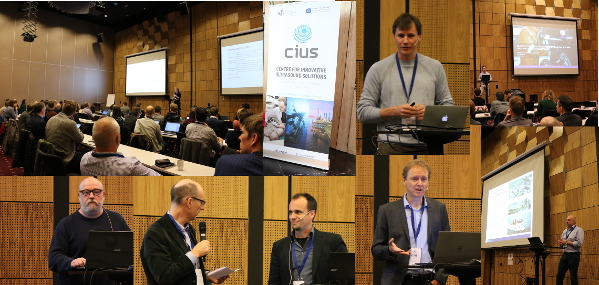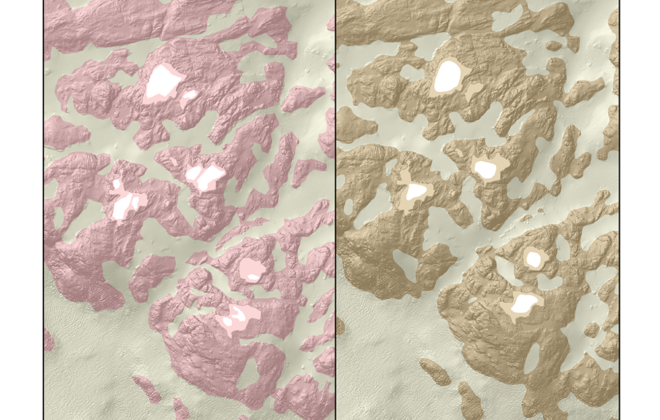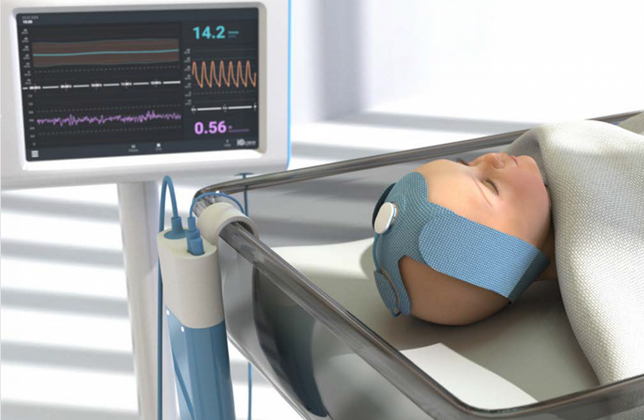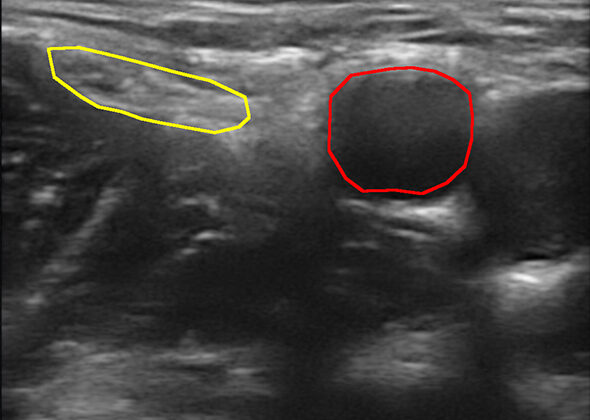Ultrasound – a cross-sector solution
Cracks, unevenness, leakages, or speed and direction of liquid flows in vessels or pipes, hearts or pumps, are challenges faced by people in healthcare, oil & gas and the maritime sector. At the Centre for Innovative Ultrasound Solutions (CIUS), we work on improving ultrasound technology and usage to address these and other issues.
Recently we had our half-yearly conference, where academics, industry and user partners come together to talk about the latest developments, challenges and ultrasound solutions across sectors and professions.
The first international speaker, Professor Jan D’Hooge, K.U. Leuven, Belgium, talked about the advantages of speckle tracking in his presentation “Speckle tracking echocardiography: the present and the future”. Speckle tracking echocardiography (STE) is used to provide quantitative and qualitative information on deformation and the motion of cardiac muscles. However, as a relatively new technique, there are some questions about how reliable the data is – are changes over time due to an actual change in the heart muscle (i.e. potential damage), or due to different doctors making the recordings? And can one compare images from two different brands of ultrasound machines (inter-vendor reliability)? Professor D’Hooge has been part of a Task Force aiming to provide quality assurance on inter-vendor reliability (which found that 10% difference is acceptable). Professor D’Hooge also believes machine learning will make diagnostics easier by automated image interpretation.
Speed-of-sound is another ultrasound technique exploiting the acoustic impedance of various tissue – i.e. the speed at which the ultrasound waves are reflected. Dr. Michael Jaeger from the Institute of Applied Physics at the University of Bern, Switzerland, presented his work on computed ultrasound tomography in echo mode (CUTE) in the presentation “Pulse-echo sonographic imaging of speed-of-sound in handheld diagnostic ultrasound”. One of the advantages is that speed-of-sound ultrasound can for example detect liver tissue changes that today’s clinical ultrasound cannot detect. However, there are still challenges with clutter; real-life gives less accurate readings than simulations, and reconstruction in regions of missing data (finding an optimum interpolation strategy).
As a Centre for Research-based Innovation (SFI), CIUS includes partners from the ultrasound industry and end-users. Dagfinn Sætres, General Manager at GE Vingmed Ultrasound, presented the lastest developments on the cSound beamforming platform, which boasts more opportunities for further development by engineers, reduced need for contrast agents, clearer borders colour flow imaging.
Andrew Healey, Chief Scientific Officer at Phoenix Solutions, talked about Phoenix’ Acoustic Cluster Therapy (ACT), which uses microbubbles and nanoparticles do deliver chemotherapy directly to the tumour and releasing it using ultrasound. You can read more about this in the blog post: Microbubbles and focused ultrasound cure tumours in mice.
The final partner presentation was by Halfwave Director of R&D, Petter Norli, who presented the company’s acoustic resonance technology (ART) focusing on monitoring and inspection of land and subsea pipelines and structures, looking for cracks and faults using ultrasound technology.
Furthermore, academic partner University College of Southeast Norway (HSN) represented by Professor Lars Hoff gave an overview over the facilities and capabilities of their laboratories in Horten. NTNU Professor Hefeng Dong gave a talk on Passive Acoustics for Seabed Characterization, and Roy Edgar Hansen from the University of Oslo and the Norwegian Defence Research Establishment (FFI) gave an overview over Seabed Imaging with Synthetic Aperture Sonar.
The seminar also included a speed update session with the following topics:
- Characterising piezoelectric material parameters through a 3D FEM and simulated annealing algorithm, PhD student Marcus Wild, HSN
- Numerical optimisation method of ultrasound transducers, PhD student Kenneth Kirkeng Andersen, HSN
- CustusX – a research platform for ultrasound and image guided treatment, senior researchers Tormod Selbekk and Jon Eiesland, SINTEF
- Nanoparticle-stabilised microbubbles for ultrasound-mediated drug delivery, PhD student Sofie Snipstad, NTNU
- Adaptive clutter filtering in coronary arteries, PhD student Cristiana Golfetto, NTNU
- Model-based regularisation of blood flow measurements, PhD student Thomas Grønli, NTNU
- Prestations of X-FAB, Business Line Manager ing. Ulrich Bretthauer, X-FAB
- Glimoa imaging with PET MRI and its use in ultrasound navigated surgery, Anna Karlberg, PhD student and PET physicists, St. Olavs Hospital
Finally, CIUS’ new Industry Liaison Officer, Svein-Erik Måsøy was presented to the audience. Måsøy will be the contact point between CIUS and its industrial partners.
- Kari Williamsonhttps://www.ntnu.no/blogger/cius/author/kari_williamson/
- Kari Williamsonhttps://www.ntnu.no/blogger/cius/author/kari_williamson/
- Kari Williamsonhttps://www.ntnu.no/blogger/cius/author/kari_williamson/
- Kari Williamsonhttps://www.ntnu.no/blogger/cius/author/kari_williamson/





